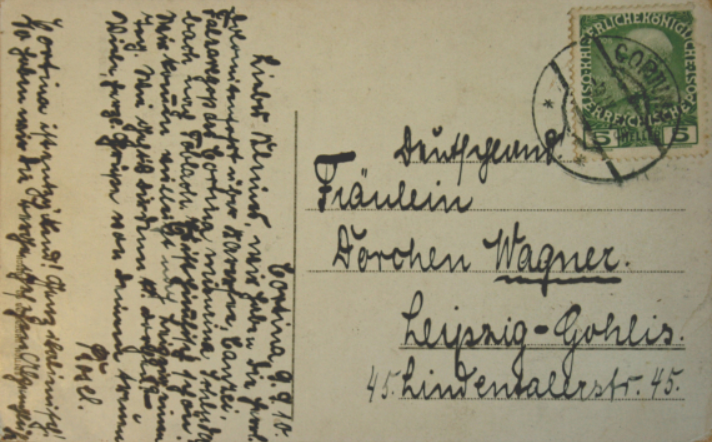Welcome!
Few people today are still familiar with old German handwriting. The reason for this is that the script currently in use is based on the Latin alphabet, whereas older scripts from before the middle of the twentieth century use the German alphabet, in which many letters are very different from the Latin alphabet.
Colloquially, the term “old German script” is often used, whereas in palaeography, the study of old scripts, a distinction is made between, for example, Kanzlei scripts, Kurrent scripts and Sütterlin, all three of which are German scripts.

Basically, no two scripts are the same and even experienced and skilled palaeographers cannot decipher every script or every word in a document straight away.
Transcribing texts is therefore not simply a matter of reading, but a laborious, meticulous and precise process of tracing, recognizing and deciphering the peculiarities of the letters in an individual and unique manuscript.
For although manuscripts are written out or polished to varying degrees, they always and in every case deviate – sometimes more, sometimes less strongly – from the ideal of the standard and have their own characteristics. Of course, this applies to the written testimonies of the past just as much as it does to contemporary manuscripts. To illustrate this, imagine your own handwritten notes, for example a shopping list or the notes from the last work meeting. Proper names and especially signatures pose a particular challenge due to their highly individualized form.
Artificial intelligence now also plays an important role in the transcription of old manuscripts. Transkribus, a sophisticated system that has been around for several years, is a great help in deciphering old manuscripts. However, even this very useful tool occasionally reaches its limits. If this happens, please feel free to contact me.

